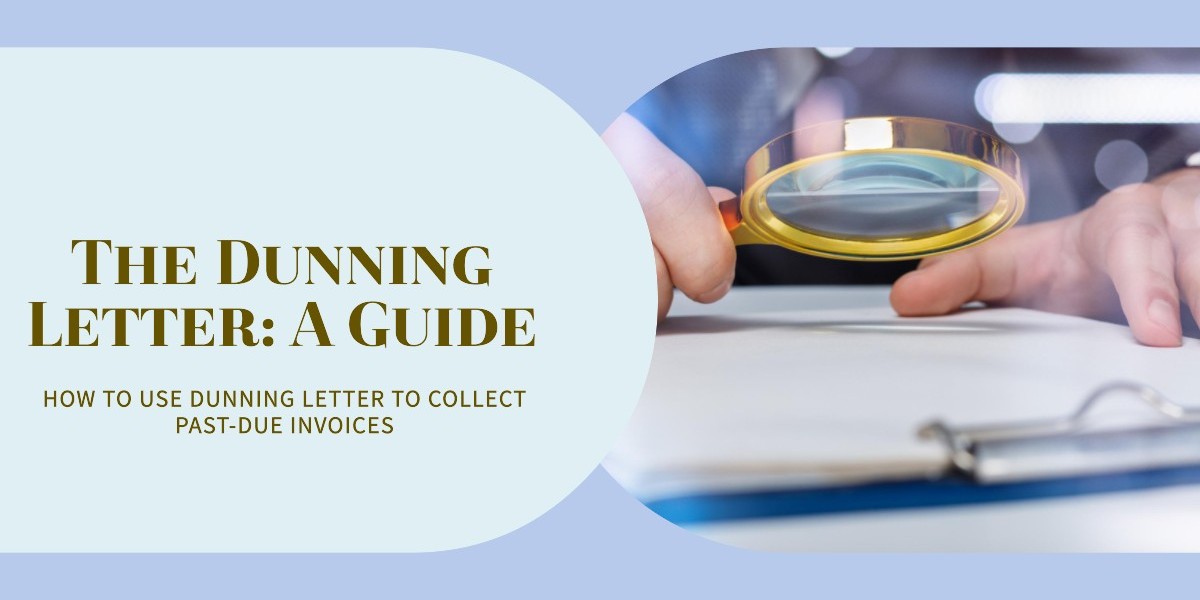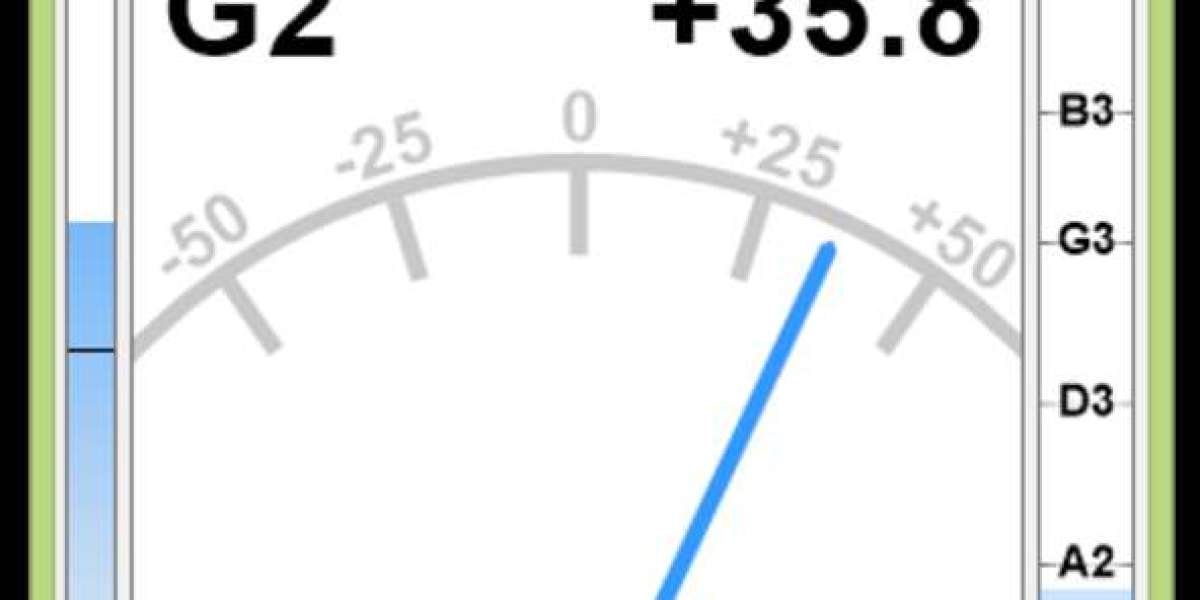Credit sales are a common practice in the B2B landscape, and customers pay their debt within 30 to 60 days of issuing an invoice. If the invoice is overdue, the business needs to remind their customers, chasing payments to settle the debt. As long as the industry is not receiving payments, the company's days sales outstanding (DSO) increase, indicating that your cash flow is adversely affected and needs improvement. To chase this payment, your accounts receivable collection team sends a dunning letter to your customer, explaining that the amount they owe is overdue.
What Is a Dunning Notice?
Dunning notice is an announcement for the customer that he has not paid his debt and the bill or invoice is past due. This notice encourages customers to pay their invoices to settle the debt. A company sends the dunning notice to the client by mail, email, call, or text.
What is a Dunning Letter?
A dunning letter is a series of notices sent to the customer, starting neutral and friendly to become more assertive as time goes by. Suppose the customer has not responded or has not paid the bill after the notice. In that case, they are sent with sterner notices that eventually end up with a legal information for a client withholding payment.
Why Are Dunning Letters Essential?
You cannot let your client disrupt your cash flow due to late payment. Sending a dunning letter to the late-paying client is essential to maintain your cash flow. A client delays payment for various reasons, including tight cash flow, forgotten amount, transaction failures, or other understandable factors.
Regardless, sending a dunning letter reminds customers to settle the debt. For the business, it unleashes its cash flow once they receive payment. Therefore, enterprises allow a grace period after the due date for a client to make payment before it's overdue.
What is the difference between a late payment and an overdue payment?
When an invoice is sent to a client, the due date indicates the time by which the client is expected to make the payment. After the due date, companies often provide a grace period, allowing customers to pay the invoice before it becomes overdue. A late payment occurs when a client pays after the due date but within the grace period. However, suppose a client fails to pay during the grace period. In that case, the payment is then considered overdue because the deadline for payment has passed.
Dunning Process and Implementation
Though a dunning process is similar for all the companies, it can vary slightly among them. The following are the critical steps in the dunning process.
1). Identifying Late Payments to Send Dunning Notices
This step evaluates the accounts that had outstanding invoices and must be reminded or sent a dunning notice. Businesses need to compute the past-due payments and determine how long a customer hadn't paid.
2). Determine a Schedule to Send Dunning Notices
Once you have found what the customer owes and the unpaid balance, you need to plan the dunning letters and intervals of notices. Managing this function manually requires you to design a series of dunning announcements till the account is settled. For example, a company plans to send a reminder every week over 30 days or one reminder every 30 days over a months.
However, an automated dunning management system saves the efforts of your finance teams to chase payments and send dunning notices to customers manually. Transforming your accounts receivable process enables you with B2B payment automation, which allows businesses to receive customer payments online, increasing the collection rate.
3). Creating Dunning Templates Concerning the Strategy
To proceed with the dunning letters, create dunning templates that reflect your dunning strategy. In those letters, you must determine what to do and when to do it, considering the account information and the customer's debt account. The dunning letter also involves the tone to remind a client about the payment. For instance, if the customer has already sent two dunning letters, this time, the dunning letter uses a more assertive tone to ask the client to pay the invoice.
4). Choosing a Medium to Send Dunning Letters to the Clients
When the strategy is set to deliver the dunning letter, it's time to dispatch the dunning letter using a medium a business uses. If your accounts receivable collection practices are handled manually, sending dunning messages via email or a physical notice is a common choice.
Automating Dunning Management System for Prompt Payment
Using an automation solution to manage accounts receivable collections will automate the dunning process, sending invoices promptly and accurately. This also automates the communication, including the dunning management system, ensuring accounts receivable automation best practices for your company. With automation, you can schedule payment reminders, dunning notices and send an invoice with a click-to-pay link. This expedites the payment, allowing customers to make payments using an electronic payment method.
Furthermore, using automation will save you time, and reduce the hours that finance teams will spend to reach customers on call or emails to send dunning letters. This also allows you to edit pre-written templates and schedule them as dunning reminders and messages for your customers without human intervention. Altogether, streamlining your accounts receivable process allows you numerous benefits, increasing the efficiency of your collection process and improving your cash flow.
Writing a Dunning Letter to the Client with Past-Due Invoices
Considering a client with an overdue invoice and hasn't paid its debt despite receiving dunning letters, using an assertive tone to expedite payment will look like the following.
[Date]
[Client's Name]
[Client's Address]
[City, State, ZIP Code]
Subject: Urgent Notice - Outstanding Invoices
Dear [Client's Name],
I hope this letter finds you well. It has come to our attention that we have not received payment for the outstanding invoices listed below despite previous reminders:
Invoice Number: [Invoice Number]
Invoice Date: [Invoice Date]
Amount Due: $[Amount Due]
The total amount of the outstanding invoices now stands at $5411. We understand that situations can sometimes lead to delayed payments, but addressing these exceptional amounts promptly is crucial.
We kindly request to settle these past-due invoices immediately to avoid further escalation. Ignoring these outstanding payments has a direct impact on our business operations. It disrupts our ability to provide you with continued services.
Please remit payment by 10 November, which provides a reasonable timeframe for resolution. If you have any concerns or questions regarding the invoices or need assistance with payment options, please contact our accounting department at 123456789. We are committed to working with you to find an amicable solution, but it is imperative that we address this matter without further delay.
In the event that we do not receive payment or hear from you by 1 November, we will have no choice but to pursue legal actions or engage a collections agency to recover the outstanding debt. We sincerely hope it does not come to that, as it would be detrimental to both parties involved.
Thank you for your prompt attention to this matter. We anticipate your swift response and resolution.
Sincerely,
[Your Name]
[Your Title]
[Your Company Name]
[Your Contact Information]
You can create a similar template without being unforgiving to the client while ensuring the amount and the invoice due date are accurate. In addition, you need to know that sending dunning letters using a paper-based system will be one-sided. Thus, you need to confirm by email or call that they have received an invoice, or else a missed invoice will further delay the collection process.


